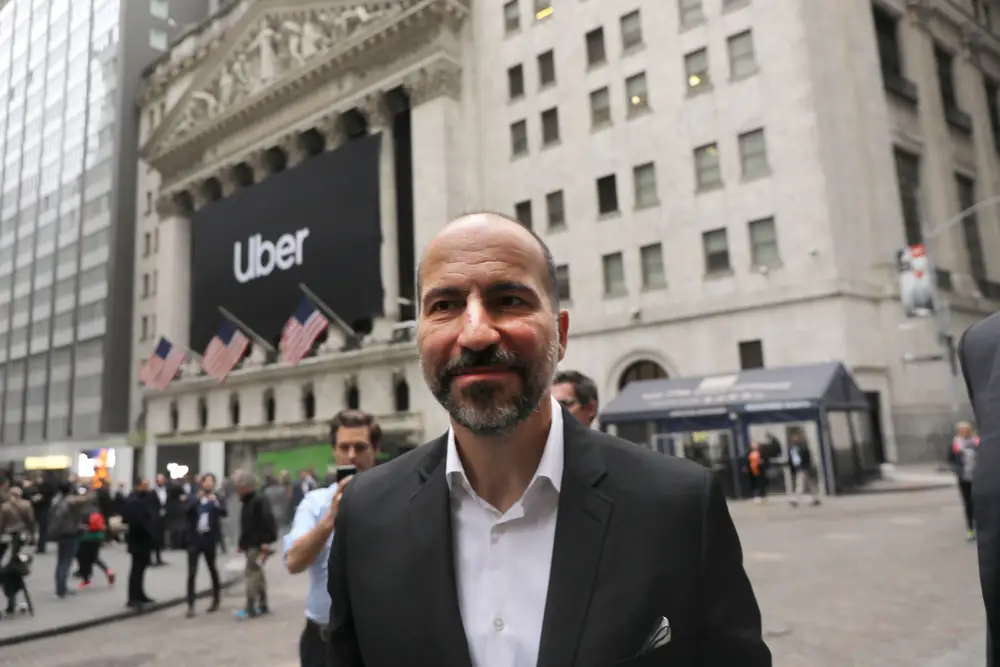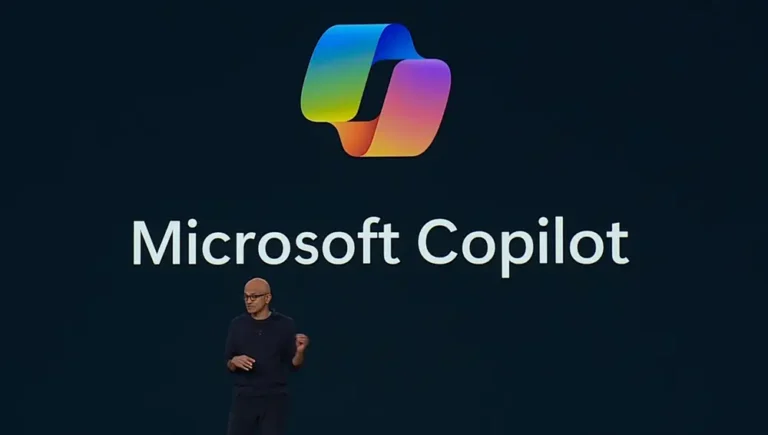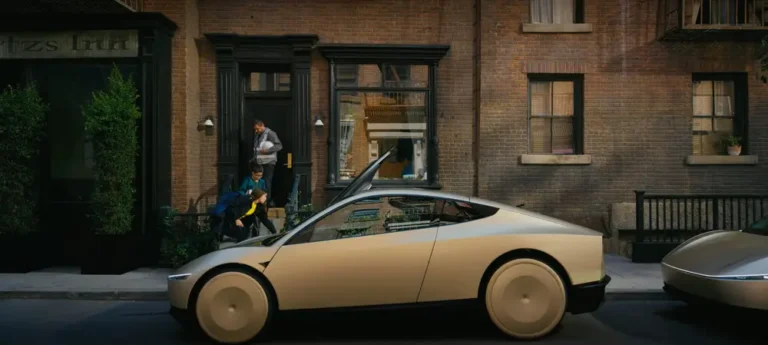Uber is reviving its robotaxi dreams — with help from some former rivals

Uber CEO Dara Khosrowshahi is ramping up Uber’s robotaxi ambitions again.
Heading into the New Year at the end of 2020, Dara Khosrowshahi’s plans to turn Uber into a leader in driverless cars were far from certain.
The Uber CEO had just announced the sale of the ride-hailing giant’s self-driving car unit to rival Aurora in exchange for a minority stake in the Pittsburgh-based company through a $40 million investment.
Though both companies committed to a partnership at the time, Khosrowshahi’s main focus was on delivering Uber’s first full-year profit since its founding in 2009. Its expensive and speculative driverless car ambitions ended up taking a backseat.
Fast-forward to 2024, and Uber — which announced its first-ever full-year operating profit in February — looks ready to race back into the driverless car game. This time, it’s counting on help from old rivals to build its robotaxi future.
Uber revives its robotaxi ambitions
Uber is ramping up its partnerships with former competitors that are working on autonomous vehicles. It wants to give its over 150 million monthly customers a chance to experience a technology it once promised to deliver itself.
On Thursday, Khosrowshahi announced that Uber is partnering with Wayve, a driverless vehicle startup, to further its mission of creating “a world where modern vehicles are shared, electric, and autonomous.”
Very excited to partner with @wayve_ai, as we work towards a world where modern vehicles are shared, electric, and autonomous. 
— dara khosrowshahi (@dkhos) August 29, 2024
The partnership will see Uber make a strategic investment in Wayve — founded in the UK in 2017 — as an extension to its $1 billion Series C funding round announced in May, which involved big-name investors such as SoftBank, Nvidia, and Microsoft.
Wayve is trying to make a distinct mark on the sector by focusing on what it calls “mapless” AI. The company says this technology aims to “allow automated vehicles to operate without geofenced limits,” typically used in areas where such vehicles roam.
Stan Boland, a former driverless car executive who led the startup Five AI, told B-17 that there is likely “very little downside and lots of upside” to Uber’s investment as “they will not be solely responsible for the tech or the financing of the business.”
The deal follows others. Earlier this month, Uber also announced a “multiyear strategic partnership” with General Motors-owned self-driving car company Cruise to make its vehicles available on the Uber app. It is set to launch next year with a number of Chevy Bolts.
Uber struck a similar partnership in October 2023 with Waymo — the driverless car business owned by Google parent Alphabet — to give customers in Phoenix the opportunity to request a Waymo ride through Uber.
Meanwhile, in July, the ride-hailing giant unveiled plans to bring 100,000 vehicles from Chinese EV-maker BYD onto Uber’s platform, starting in Europe and Latin America.
While the partnership is primarily about putting more EVs onto Uber’s app, the companies said they “will also collaborate on future BYD autonomous-capable vehicles” to bring them to a global audience.
Uber’s move to bolster its robotaxi ambitions again comes at a critical time.
Interest in the technology has skyrocketed this year after Elon Musk said that Tesla would reveal a robotaxi this year, though a planned unveiling for August has been pushed back to October. A successful launch could pose a direct threat to Uber.

Elon Musk’s Tesla has plans to reveal a robotaxi in October.
Uber will likely face some challenges in its bid to go big on robotaxis, however.
Joseph Teasdale, head of tech at research firm Enders Analysis, told BI that technical issues will prove challenging for a full-scale robotaxi rollout.
Though advances in the technology put forward by the likes of Wayve are raising the prospects for driverless cars to navigate roads beyond geofenced areas, the industry remains a way off from creating a vehicle that is capable on all roads.
Teasdale added: “The problem for Uber is that fully replacing drivers with robots is really, really difficult. Progress on full autonomy has lagged all but the most pessimistic projections of seven or eight years ago.”
Meanwhile, safety concerns around the technology remain front and center.
One of Uber’s newest partners, Cruise, has been mired in controversy following an incident involving a pedestrian and one of its vehicles in San Francisco last year. That has led to investigations into the safety of Cruise’s technology.
Still, it’s clear Uber is getting serious again about robotaxis. This time though, it’ll have to trust others to get them on the streets.








